Ukraine has been highly successful at countering Russian artillery. Any gun firing can be spotted by counter-artillery radar, like the U.S. -made AN/TPQ-36 Firefinder, which tracks shells in flight and calculates their source. New Ukrainian-made acoustic detectors which recently went into mass production are likely to figure increasingly.
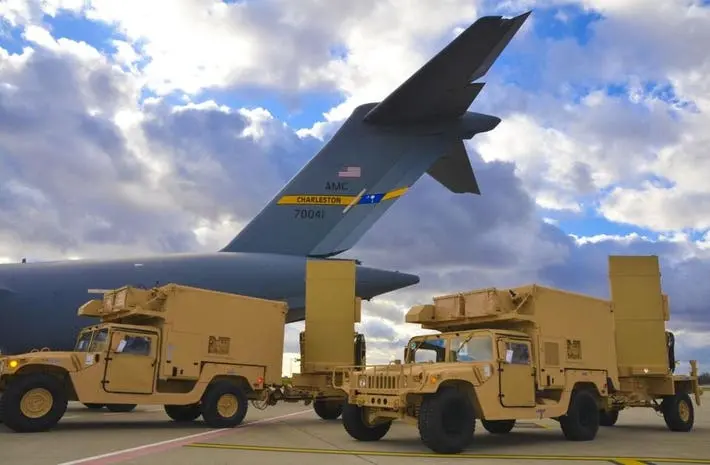
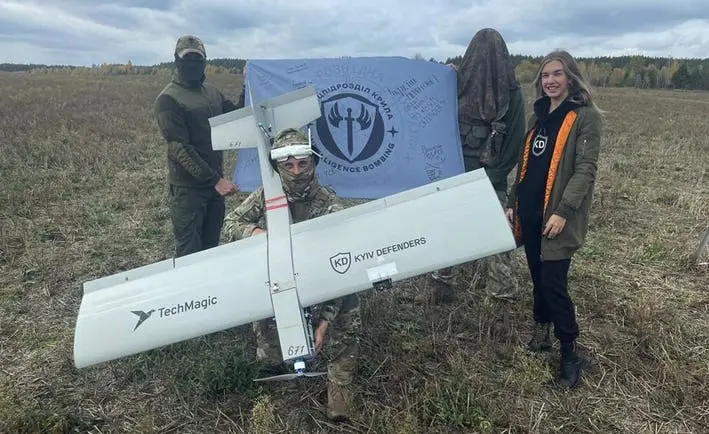
…
Surprisingly, drones are preferred because they are faster. It is highly counter-intuitive that 100 mph drone will reach a target quicker than a 700-mph artillery shell, but what counts is how long it takes to hit the target.
“With FPV drones, even though the flight time can be minutes depending on the distance, the first strike often hits,” Michael explains. “With artillery it often takes several rounds to hit the target, especially in dynamic conditions.”
Like Ukraine, Russia has been ramping up FPV production at pace, and plans to build 2 million in 2025, compared to 3 million artillery shells. At this rate, both countries will soon be fielding more FPVs than artillery shells.
Russia’s artillery is rapidly being eroded as the thousands of guns in storage are put into service and destroyed. When it is gone, the days of massed firepower will have passed. But the era of massed precision drone strikes will just be beginning.
I actually think this is a very incorrect conclusion, it reminds me of how US media would talk up the threat of guerilla resistance fighters in Afghanistan and Iraq and while there is definitely truth to it (and those fighters were certainly to be respected in their effectiveness), the reality is that the reason you fight a guerilla resistance is because you cannot fight a traditional war, and the reason you use cheap drones to do long range strikes is because you cannot protect any of your actual artillery well enough to use it in a threatening manner.
See this article as a counterpoint to this narrative.
https://warontherocks.com/2025/06/i-fought-in-ukraine-and-heres-why-fpv-drones-kind-of-suck/
All that said, if a member of a NATO military were hypothetically to ask me whether NATO countries should acquire first-person view drone capabilities, based on my experience and given the current state of the technology, I would probably say no, whether they are radio-controlled or fiber-optic. The vast majority of first-person view drone missions can be completed more cheaply, effectively, or reliably by other assets. Furthermore, other authors have noted that drones still do not come close to matching the effects that can be achieved by massed artillery fires. Additionally, experts on artillery systems consistently note the greater reliability and range of artillery.
Also see this article in Small Wars Journal
https://smallwarsjournal.com/2025/05/05/beyond-the-hype-why-drones-cannot-replace-artillery/
Drones are a valuable addition to the modern battlefield, but they are tools, not harbingers of a revolution in military affairs. The lessons from Ukraine demonstrate that UAVs can augment and expand traditional fires, particularly in situations characterized by shortages and static fighting. However, they cannot and should not be viewed as substitutes for the artillery and rocket forces that are fundamental to operational maneuver and ultimate victory in large-scale warfare. The future of fires lies not in replacing proven capabilities with unproven technologies, but in integrating them to create a more versatile, resilient, and effective fire support network
Otherwise I think the forbes article makes some good points, but be very skeptical of the claim that artillery is outdated and that Russia could be using it when it isn’t. The fact that as the number of Russian artillery systems have plummeted frontline reports still indicate that Russians have maintained a saturation of fire at the front only means Russia has less artillery pieces but values them so much that they are using a smaller number of artillery pieces at a much more unsustainable rate and for some reason (who could ever guess why!!!) US media wants to spin this into a pro-Russian narrative about the old ways of war being utterly obsolete…
Ask an artillery operator or expert why using one artillery piece to fire many shells is not anywhere as good of a plan as using many artillery pieces to fire less shells at a more leisurely rate. The difference is massive in the lifespan and accuracy of the weapons system.
One can extrapolate the same truth from what informed Ukrainian military experts in this report from February detail.
The above figure must be read in the appropriate context. During extended discussions with Ukrainian officers on multiple axes and from multiple brigades – two of which had an exceptionally high rates of efficiency with FPVs – the officers repeatedly reiterated that they needed artillery. They emphasised that UAVs alone were inadequate and that they were most effective when used in combination with artillery.
For example, artillery was effective at suppressing or displacing EW and air defences or suppressing infantry protecting key targets from bomber UAVs. Artillery was also able to defend the front in poor weather and was generally more responsive. Combined UAV and artillery operations often maximised the destruction achieved with, for example, an FPV immobilising a vehicle and artillery killing dismounts as they emerged. To give an example of the difference, a fires officer described the hours it had taken to plan and eventually immobilise a tank using FPVs, compared with an engagement where a platoon of Russian tanks were manoeuvring and, having located them with a drone, he fired five BONUS shells at them, knocking out all three tanks within two minutes.
https://en.m.wikipedia.org/wiki/Bofors/Nexter_Bonus
https://militarnyi.com/en/news/ukrainian-troops-destroyed-the-t-90m-with-a-bonus-round/
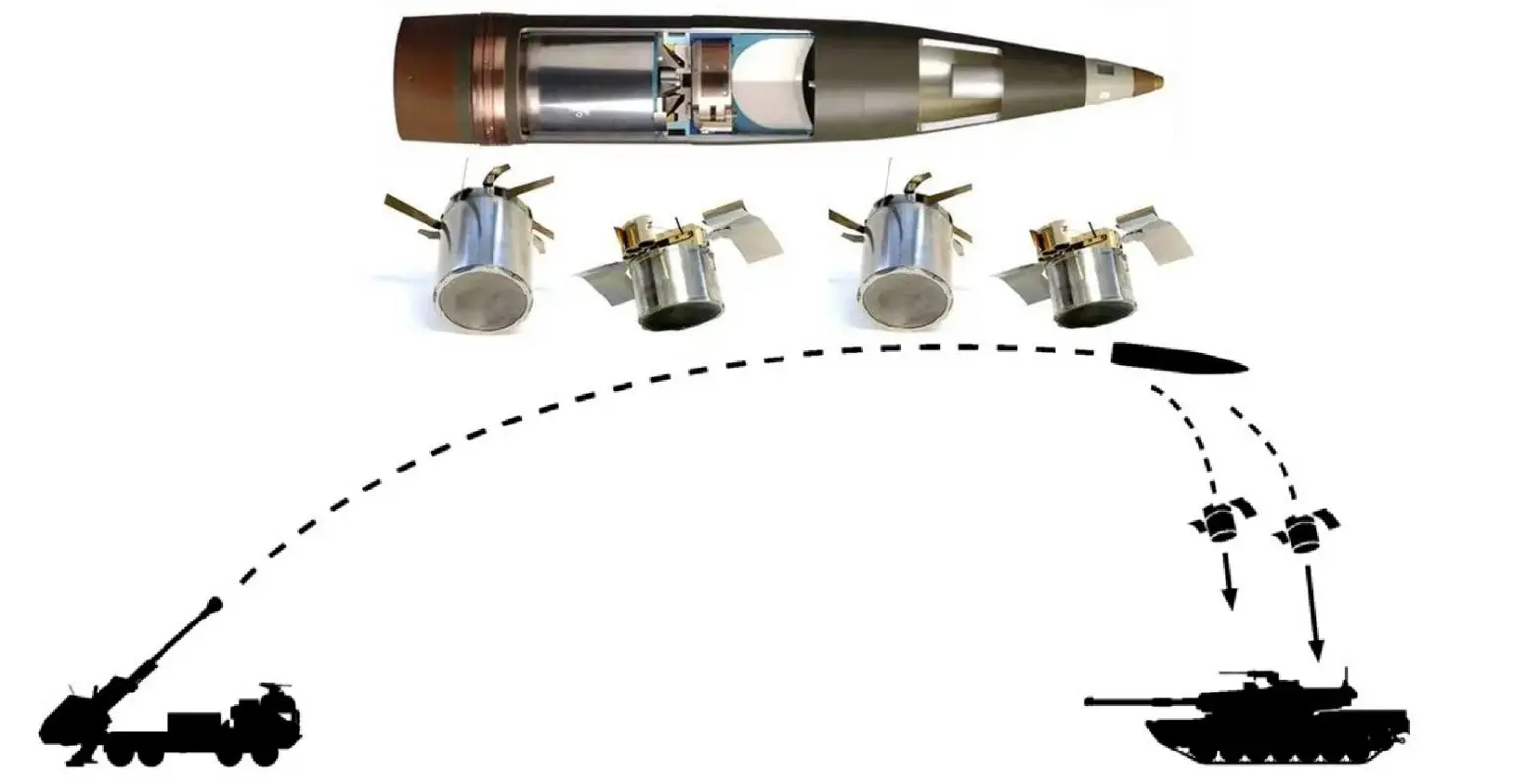
The pervasiveness of the threat of FPVs, however, which can hunt while their crews are relatively safe, makes them a persistent cause of attrition. Ukrainian commanders would like to inflict casualties on Russian forces from approximately 15 km from their defence lines, with the persistent threat of FPVs forcing the Russians to move quickly rather than deliberately and therefore making them more susceptible to canalisation from artillery- or drone-deployed mines, and thereafter broken up with artillery.
Although these combined strikes are most effective, Ukrainian officers noted that they were rarely able to bring about this layered effect because of a scarcity of artillery. One of the main reasons for such a high proportion of kills being caused by FPVs is the relative lack of artillery in Ukrainian units. A brigade responsible for defending 18 km of front noted that it had four working howitzers. 152mm- and 122mm-howitzer rounds are in very short supply. Although 155mm shells are available in considerably greater volume than earlier in the conflict, artillery officers noted that they had few guns and limited spares. They also often had shells, but few accompanying charges. It may be that ammunition and spares are being stockpiled to hedge against the risk of disruption of supply during the forthcoming political manoeuvring over negotiations, as higher formations appeared more comfortable with their level of supply.
For the brigades, while shells were available, charge bags were far scarcer, so that few guns were equipped for engaging at long range. Units also almost exclusively had access to high-explosive shells and some artillery-deployed mines, with very occasional access to dual-purpose improved conventional munitions (DPICM), and almost no availability of BONUS shells or other specialised ammunition. The ability to fire proper groupings of shells was also inhibited by the fact that units were receiving propellent charges sourced from a wide range of countries, which varied considerably in composition and quality, and thus in accuracy.
While updates to the Kropyva fire control application used by the AFU can include preloaded adjustments to account for common national variants, the persistent challenges introduce inefficiency into the provision of fire support and exemplify the second-order effects of piecemeal and uncoordinated industrial support. Taken together, these mean that artillery is currently significantly underperforming, even when it is available.
…
First, the need to expand production of explosive energetics and shells remains. Ukrainian officials report that they received approximately 1.6 million 155 mm shells in 2023 and 1.5 million in 2024. As the availability and quality of shells on the international market decreases, more will need to come from production lines. Investment must be sustained in Europe to expand industrial capacity in this area. But Ukraine’s ammunition availability is not relevant if it does not have serviceable artillery pieces. It is therefore also critical that industrial efforts in Europe are rationalised to ensure a supply of replacement barrels and other spare parts for donated fleets, and that the number of howitzers provided to the AFU is increased.
In regards to fires, this should be done alongside the financing and increased scaling of UAV production, as the two capabilities are complementary. Both areas will be critical to European defence, so investing in this industrial capacity is a win-win for European security. Mechanisation is also critical to battlefield survivability.
Infantry fighting vehicles and lighter tanks are disproportionately valuable for the mobile reinforcement of sectors under pressure in the defence. APCs, meanwhile, are indispensable for logistics, medical support, troop rotation and offensive action. The number of vehicles required means that while modern infantry fighting vehicles are a significant combat multiplier, they are also overly expensive and complex for a large proportion of the tasks for which APCs are equally capable and much more affordable. Ukraine’s international partners should therefore prioritise the continued mechanisation of Ukrainian units with both IFVs and APCs. The priority for both is serviceability.
the end of mass fire artillery can be seen exploding in these pictures (most of the hot gas goes out the muzzle breaks on either side)
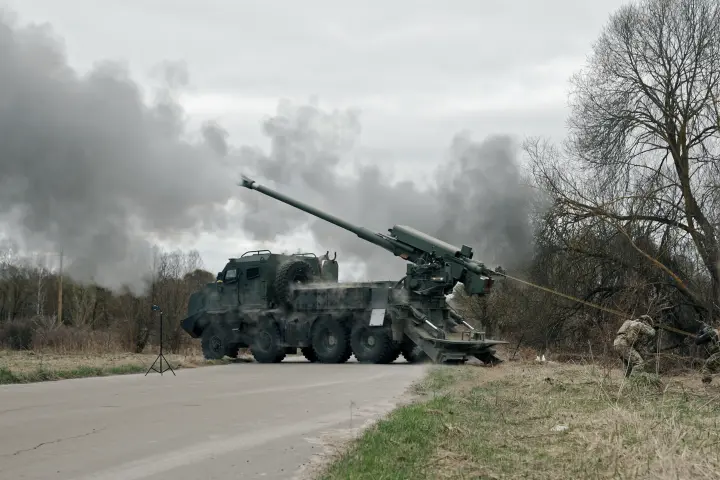
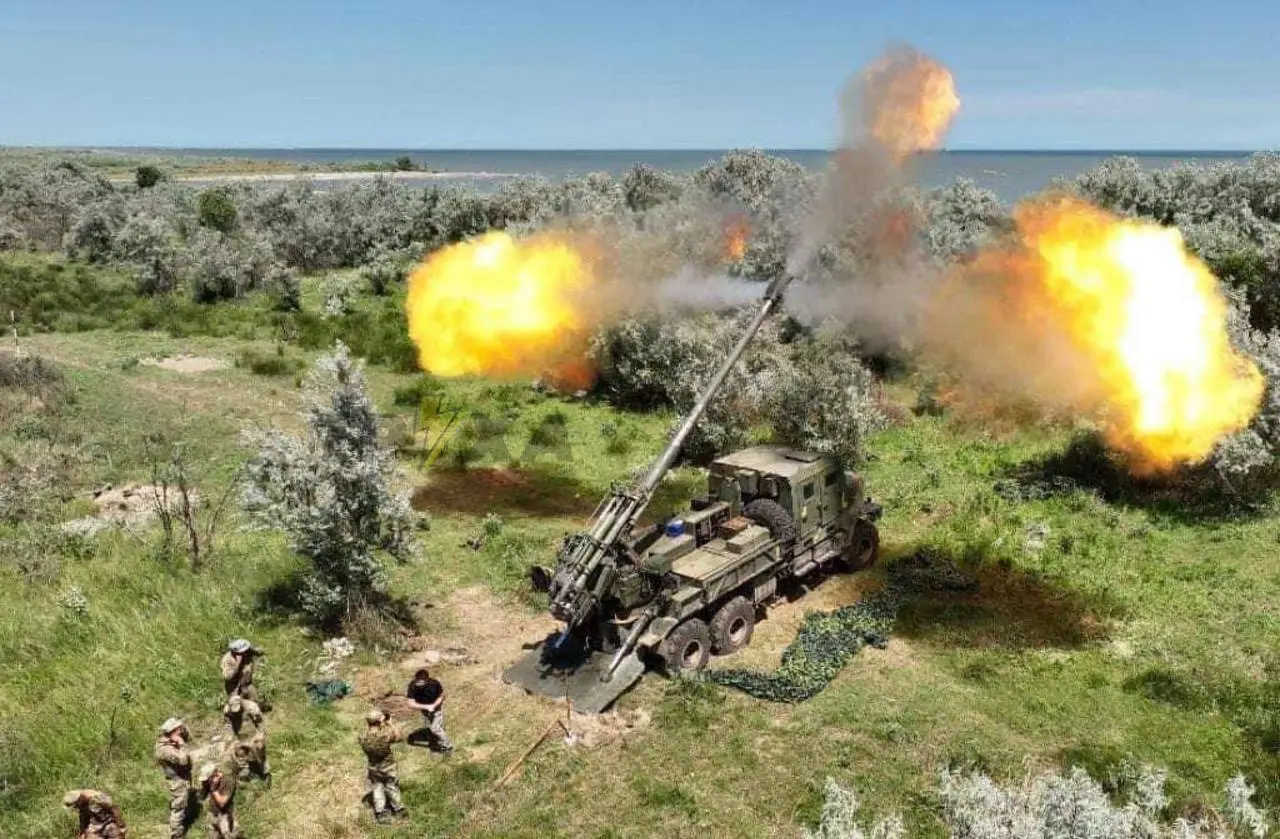
As Richard M. Swain points out in his excellent history of the Third Army during the Persian Gulf War, theorists, historians, and commentators frequently align themselves in one of two camps of explanation. Swain calls them the romantic school and the realist school. Romantics believe that maneuver can be so adroit that a discerning enemy will admit defeat at the hands of an operational master and will surrender to the brilliance of the enemy’s operational art. The realist school—occupied primarily by practitioners, especially those of an artillery heritage—believe that the end result of military operations is death from indirect fire. The more you shoot, the less damage the enemy can do. Victory happens not through psychoshock or silk scarves in the air but from 155 mm and larger artillery fires.
…
In chapter 4, J. David Pressley II, a history graduate student from the University of North Texas, analyzes the German utilization of combined arms operations at Riga and the Baltic islands in the final months of the eastern front during World War I. He discusses several tactical and operational innovations witnessed during these German attacks, which were promulgated into official German doctrine and quickly transferred to the Italian and western fronts. This return of movement to the battlefield was actually based primarily on overwhelming firepower—indirect and direct fire—at the point of penetration, not on some romantic notion of adroit operational art, mystical psychoshock of the enemy command-and-control systems, or getting inside his OODA (observe, orient, decide, and act) loop. Today’s doctrine writers, senior leaders, and those who would become senior commanders and staff officers would do well to read this chapter, especially if they believe they have found the magic keys to the kingdom in some new technology.
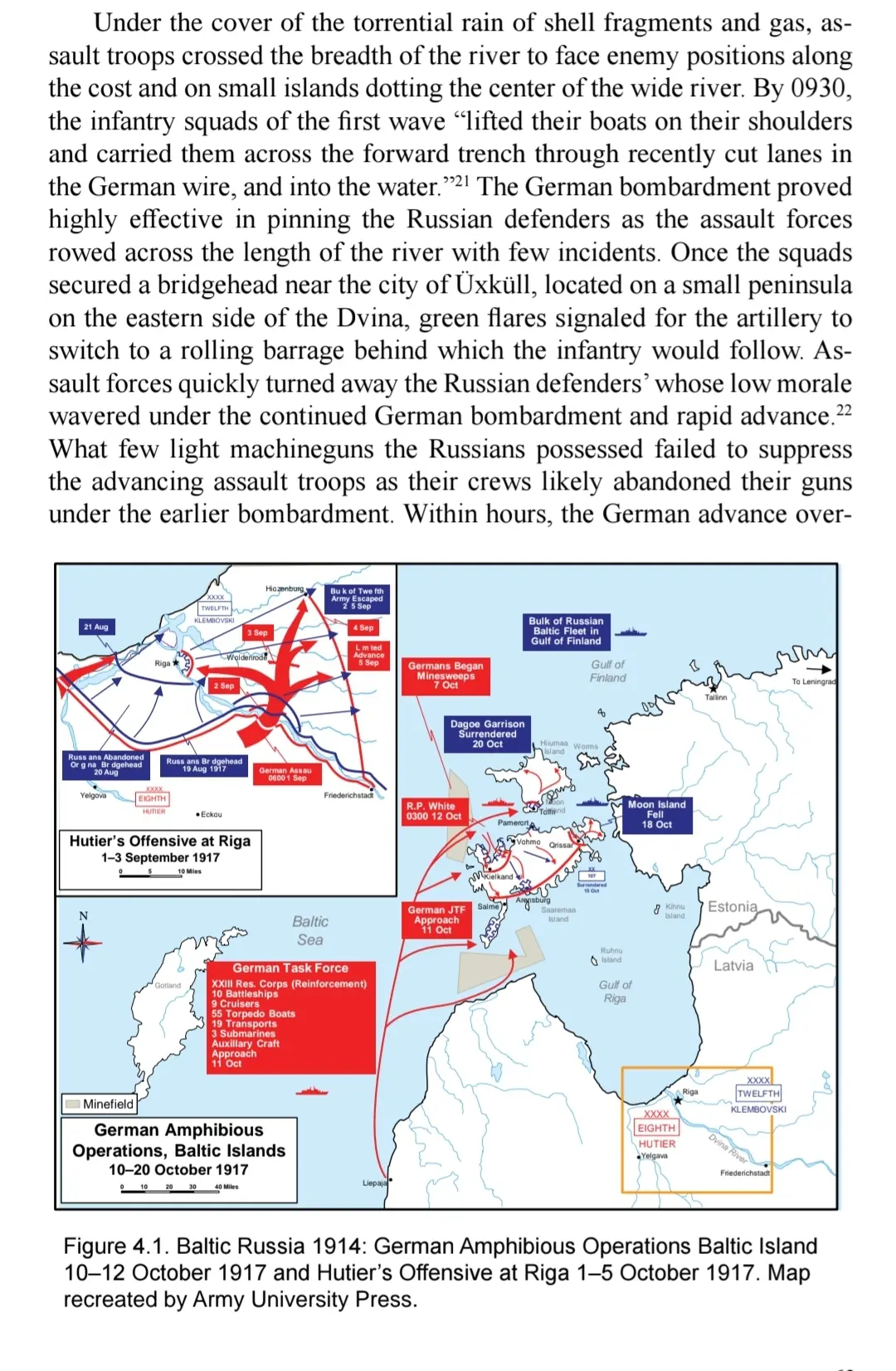
https://kyivindependent.com/video/?slug=ukraines-artillery-braces-for-shell-shortage-as-us-halts-aid
example of Ukraine tightly integrating artillery with drone spotters
Very thorough and well sourced analysis. Thank you for putting it together.
I think its important, as you point out very well, to remember that what is most effective in Ukraine today doesn’t need to be what “would have been” most effective if Ukraine had access to it.
You point this out for artillery, where FPV drones appear to have largely replaced heavy artillery. However, can partly be explained from lack of guns/shells.
I think the same may be true for heavy tanks. Neither Ukraine or russia seem to be using a lot of heavy tanks, however I think that may in part be explained by lacks in breaching equipment, and lacks in mobile frontline air defence. I don’t think “armoured fist” assaults led by dozens of heavy MBT’s are necessarily outdated, but I think Ukraine lacks the equipment to pull them off.
Edit just an aside, the reason Russia isn’t fielding effective main battle tanks is because a) they are all gone along with their crews except for a slowly rebuilding t90m stock (shitty tanks) and b) they cannot even protect their logistics lines entering into the region they are preparing to launch an armored assault from reliably, which means Russia has much bigger problems than needing more tanks. Tanks are no help to Russia right now, they have let their operational capacity degrade far too much for that to matter, just look at the headlines about all the kinds of logistical targets Ukraine has hit over the last two weeks alone. Russia can’t use tanks in an effective way if that is happening to them… categorically and they likely know that.
The leopard or abrams family of tanks are, if you have a railway or shipping industrial capacity you can defend with artillery, and when deployed with overwhelming artillery support, still the most decisive land warfare weapon systems on earth. One only need look at what the m109 family of self propelled artillery or the bradley IFV fighting vehicles can do and wonder what kind of weapon systems someone might turn to when they need a bit more high volume armored firepower applied directly to the face of the enemy.
It seems very wrong to me that main battle tanks were given to Ukraine without artillery, I can’t see it as anything other than being set up to fail or just utter incompetence at the highest administrative level (the lower down staff thinking it was stupid).
Western journalists will try to compare and suss out from a logistics standpoint how many russian tanks an abrams or leopard tank can destroy and do a cost benefit analysis according to Russia’s economic might and how long they can sustain that kind of catastrophic tactical inefficiency… and none of it matters when you are on the other end of an abrams barrel being commanded by a well trained crew operating in an effective combined arms combat. The answer is you lose, end of story.
The idea for an armored probe into Baghdad originated from a desire to assess enemy strength, test their reactions, and demonstrate U.S. capability and resolve. Colonel Perkins, commanding the 2nd Brigade Combat Team, advocated for this aggressive reconnaissance. The mission, assigned to Task Force 1-64 Armor, commanded by Lieutenant Colonel Eric Wesley, part of Perkins’ brigade, was to conduct a high-speed raid from the airport, through major southern city arteries (Highway 8), into central Baghdad, before returning to the airport.
Early on the morning of April 5th, a column of approximately 29 M1 Abrams main battle tanks, 14 M2 Bradley Fighting Vehicles, and support vehicles (such as M113s and M88 recovery vehicles) rolled out from the airport perimeter. Their movement was swift, utilizing the speed and shock effect of the heavy armor. The column encountered significant resistance almost immediately after entering the urbanized areas. Iraqi forces, primarily Fedayeen fighters and some Republican Guard remnants, engaged the American armor with rocket-propelled grenades (RPGs), small arms fire, and mortars. These attacks often came from rooftops, alleyways, and prepared defensive positions.
The U.S. tankers and Bradley crews responded with overwhelming firepower, utilizing machine guns, 25mm cannons, and the Abrams’ 120mm main guns. Close air support from A-10 Thunderbolt II aircraft and attack helicopters also played a crucial role in suppressing enemy positions identified by the ground column. Despite the heavy resistance, the task force successfully navigated approximately 12 miles of urban terrain, reaching key intersections and government districts in southern and central Baghdad.
The raid was not without cost. Several vehicles sustained damage, primarily from RPGs, though the heavy armor of the M1 Abrams tanks proved highly resilient. One M1 Abrams was disabled by an RPG or possible anti-tank mine, requiring recovery efforts under fire. The crew, however, was unharmed. U.S. casualties for this first run were relatively light given the intensity of the fighting, with reports of a few wounded. Iraqi casualties were estimated to be significantly higher. After several hours of intense fighting and having gathered valuable intelligence on defensive setups and the nature of the opposition, TF 1-64 Armor executed a fighting withdrawal, returning to the relative safety of the airport by midday.
https://www.americangrit.com/post/the-gamble-for-baghdad---an-account-of-the-2003-thunder-runs
Tanks are certainly more vulnerable than they used to be, and they will be used differently because of that… you are absolutely right though it is propaganda that heavy semi-modernized tanks with night fighting capability like abrams or leopard tanks wouldn’t annihilate Russian ground forces in Ukraine if properly supplied by artillery support and air cover.
Russia is basically entirely demechanized as a fighting force at this point (at a strategic level, they still have armored vehicles and field them but existentially NOT enough for the amount of mobilized troops), experiencing a shortage of even civilian vehicles necessary for logistics. An abrams rolling through that is a fucking nightmare for Russians, I literally can’t imagine anything more scary in that kind of situation aside from the artillery that as I have emphasized repeatedly, is necessary for supporting heavy tanks for multiple complex reasons.
https://m.youtube.com/watch?v=l9DiYSCTDfk
The above footage is from during the day… these are meant to be used at night… can you imagine trying to fight one of these on a moonless night when not all of your soldiers even HAVE nightvision equipment in the first place?
You can hearrrrr the 120mm armored cannon, but where EXACTLY is it and is it pointing at you right now???
https://m.youtube.com/watch?v=8byK_V0ec2M
^ Yeah these are really old leopards, with a less powerful 105mm cannon and crucially much thinner armor. It is important not to get confused here though, we are talking heavy armor so there are layers. This era and type of leopard tanks are more rightfully described as “tank destroyers”, they are meant to make contact with enemy mechanized breakthroughs quickly, safely and efficiently, forcing an enemy incursion to slow down and engage long enough for the bulk of friendly forces to catch up and overwhelm the limited enemy breakthrough. The fire stabilization, control, and nightfighting capabilities of the leopards in Ukraine might be very good I don’t know, but even with the reactive uparmor additions they have been given these particular leopards weren’t designed like the abrams you think of when you think abrams or leopard tank. Those are true heavy armor, even before you put reactive armor on them, and they have a much scarier 120mm cannon. Still as you can see, they are very effective and you can imagine what the beefier cousin of these tanks is like to fight when fielded in a similarly effective fashion, you need serious anti-tank equipment to stop their momentum and when you do you better have a plan.
These leopards are designed with an extremely effective mindset of high intensity night fighting ambush tactics, but a semi-modern abrams or leopard can do that and ALSO turn the lights on and fuck you up head on in broad daylight no matter how many times you punch them back in the face. That is the difference between a tank destroyer and a heavy main battle tank.
Exactly, and in addition to artillery support, we see in Ukraine today that massive amounts of breaching equipment (mine clearing vehicles, portable armoured bridges, etc.) are required. A mine field is capable of stopping pretty much any armoured assault if they lack mine clearing equipment (as we’ve repeatedly seen). However, it was clearly shown in Iraq what a large number of armoured vehicles with explosive mine clearing charges can do.
It’s not enough to give Ukraine tanks. If they’re going to succeed with an armoured push of the kind they tried through Robotyne, they need dozens of mine clearing vehicles, man-portable mine clearing equipment, and mobile frontline AA as well.
One major hurdle that needs to be overcome is a way to defend such armour against drones. I’m guessing that some kind of light and cheap AA is already pretty far along in development.
One major hurdle that needs to be overcome is a way to defend such armour against drones. I’m guessing that some kind of light and cheap AA is already pretty far along in development.
Artillery is like golf, you don’t just need the biggest driver to do the biggest impact all of the time, golf would just be sledgehammering sideways if that was all it was. Combined arms warfare doesn’t just mean infantry, artillery, armor, CAS… all working together, it MUST also mean a variety of artillery sizes on call working together.
I am NOT trying to understate the risk of drones especially to small specific weakpoints in armor and defensive doctrine, but the answer to antitank drone swarms is obvious. You have smaller artillery (say a m113 mortar vehicle) nearby along with decisive 155mm artillery and you hammer the area around your heavy armor with the smaller mortar weapon so that everything but the friendly armor dies.
I don’t care whether we are talking fpv drones, unmanned ground vehicles that are lightly armored, infantry, drone operators, the trucks they used to get into the area, the trenches they are operating from… Hammer it with artillery. Do that with 155mm artillery and you seriously risk destroying your own tanks especially if your shells are hitting close enough to your friendly armor to matter. Also 155mm artillery is so apocalyptic you don’t want to use it in some cases because it creates too much cover for your enemy with the craters it leaves behind…so you poke the enemy with mortars while you dance your tanks around their quickly isolated entrenched infantry positions.
Of course there is a counter to this but it is like discussing the hypothetical ways you could defeat a grizzly bear while forgetting that a grizzly bear can go everywhere you can, and at 45mph. Your transportation, IF you have it offers no protection. Try to keep up, it will be the end of you.
War is a matter of how much artillery you apply and how long your enemy pretends they can keep fighting you as they get blown to bits by it, tanks are the thing you hold up to tempt the enemy into charging your artillery in a desperate attempt to deny that harsh reality. To put it another way, you create hell with artillery and then you roll your tanks right behind that hell because they are the only things that can survive on the brink of utter, apocalyptic artillery fire.
That is when the enemy finds out that while you needed the artillery to field the tanks, that doesn’t mean the artillery is the thing they should be afraid of now… no somehow after that apocalyptic artillery barrage things are about to get worse for them when they hear the sound of heavy armor advancing behind the rolling artillery barrage.
That is how true armored combined arms warfare works and was understood even before the tank was invented to be the spearpoint to the shaft of artillery, and it is not something the west has cared about facilitating Ukraine’s possibility to do seriously up until now. Whatever the shitty reason, what is undeniable now is that Russia will pay dearly for thinking that armored combined arms warfare is a thing of the past compared to raw numerical advantage, unarmed motor bikes and cool fiddly new drone technologies.


